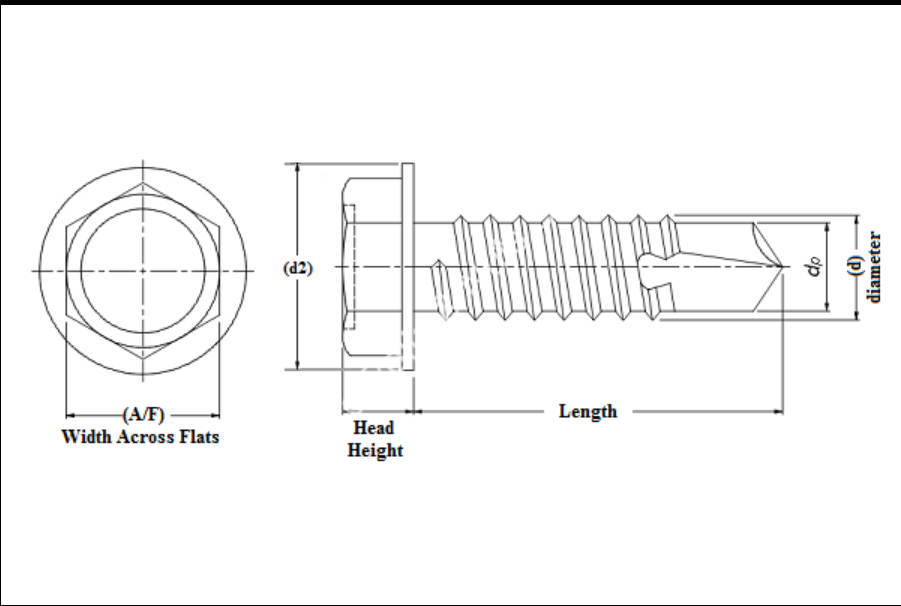Ultimate Guide to Choosing the Right Flat Washer Sizes for Your Projects
Understanding Flat Washer Sizes A Comprehensive Guide
Flat washers are one of the simplest yet most essential components used in various mechanical applications. They serve the primary purpose of distributing the load of a threaded fastener, such as a bolt or screw, over a larger area, thereby preventing damage to the surface being fastened. As straightforward as they may seem, selecting the correct size of flat washer is crucial for ensuring the effectiveness and safety of any assembly. This article explores the different sizes, materials, and applications of flat washers, supported by a size chart for easy reference.
The Importance of Flat Washer Size
Choosing the right size flat washer is vital for a number of reasons. An incorrectly sized washer can lead to ineffective load distribution, which might result in loosening over time or failure of the joint altogether. Additionally, a washer that is too small may not cover the needed surface area, risking damage to the material underneath, while one that is too large may interfere with other components in tight assemblies. Thus, understanding the appropriate flat washer size is essential for engineering and construction applications.
Key Factors in Washer Sizing
1. Inner Diameter (ID) This is the diameter of the hole at the center of the washer. It should closely match the diameter of the fastener shank to ensure a snug fit.
2. Outer Diameter (OD) The total diameter of the washer significantly influences its ability to distribute the load. A larger OD provides a greater surface area, which is particularly important in softer materials that require more load distribution.
3. Thickness The thickness of a flat washer impacts its strength and load-bearing capacity. Thicker washers can endure higher loads but may not fit in all applications.
Common Sizes and Applications
Flat washers come in a range of sizes, typically defined in inches or millimeters. Below is a brief overview derived from a typical flat washer size chart
best flat washer size chart

- Small Washers (ID 1/4 inch to 3/8 inch; OD 1/2 inch to 1 inch) Often used in electronics and small machinery where space is limited. - Medium Washers (ID 1/2 inch to 1 inch; OD 1 inch to 2 inch) Commonly found in automotive applications, these washers help secure bolts and screws in engine assemblies.
- Large Washers (ID 1 inch and above; OD 2 inches and up) Used in heavy machinery and construction; their larger surface area helps to distribute immense loads over structural components.
Material Considerations
Flat washers are manufactured from various materials, each offering unique properties suitable for different environments
- Steel The most common material, steel washers are durable and cost-effective but may be susceptible to rust unless coated or galvanized.
- Stainless Steel Ideal for applications requiring resistance to corrosion and high temperatures, stainless steel washers are widely used in marine and food industries.
- Plastic Lightweight and non-conductive, plastic washers are used in electronic applications where electrical insulation is crucial.
Conclusion
In summary, the effective use of flat washers hinges on understanding the various sizes and properties related to their application. Whether it's for machinery, construction, or household projects, selecting the appropriate flat washer size ensures reliable performance and safety. By familiarizing yourself with the flat washer size chart and considering the factors outlined in this article, you will be better equipped to make informed choices that suit your specific needs. Remember, the right washer can make all the difference in the longevity and effectiveness of your assembly.
-
Top Choices for Plasterboard FixingNewsDec.26,2024
-
The Versatility of Specialty WashersNewsDec.26,2024
-
Secure Your ProjectsNewsDec.26,2024
-
Essential Screws for Chipboard Flooring ProjectsNewsDec.26,2024
-
Choosing the Right Drywall ScrewsNewsDec.26,2024
-
Black Phosphate Screws for Superior PerformanceNewsDec.26,2024
-
The Versatile Choice of Nylon Flat Washers for Your NeedsNewsDec.18,2024










